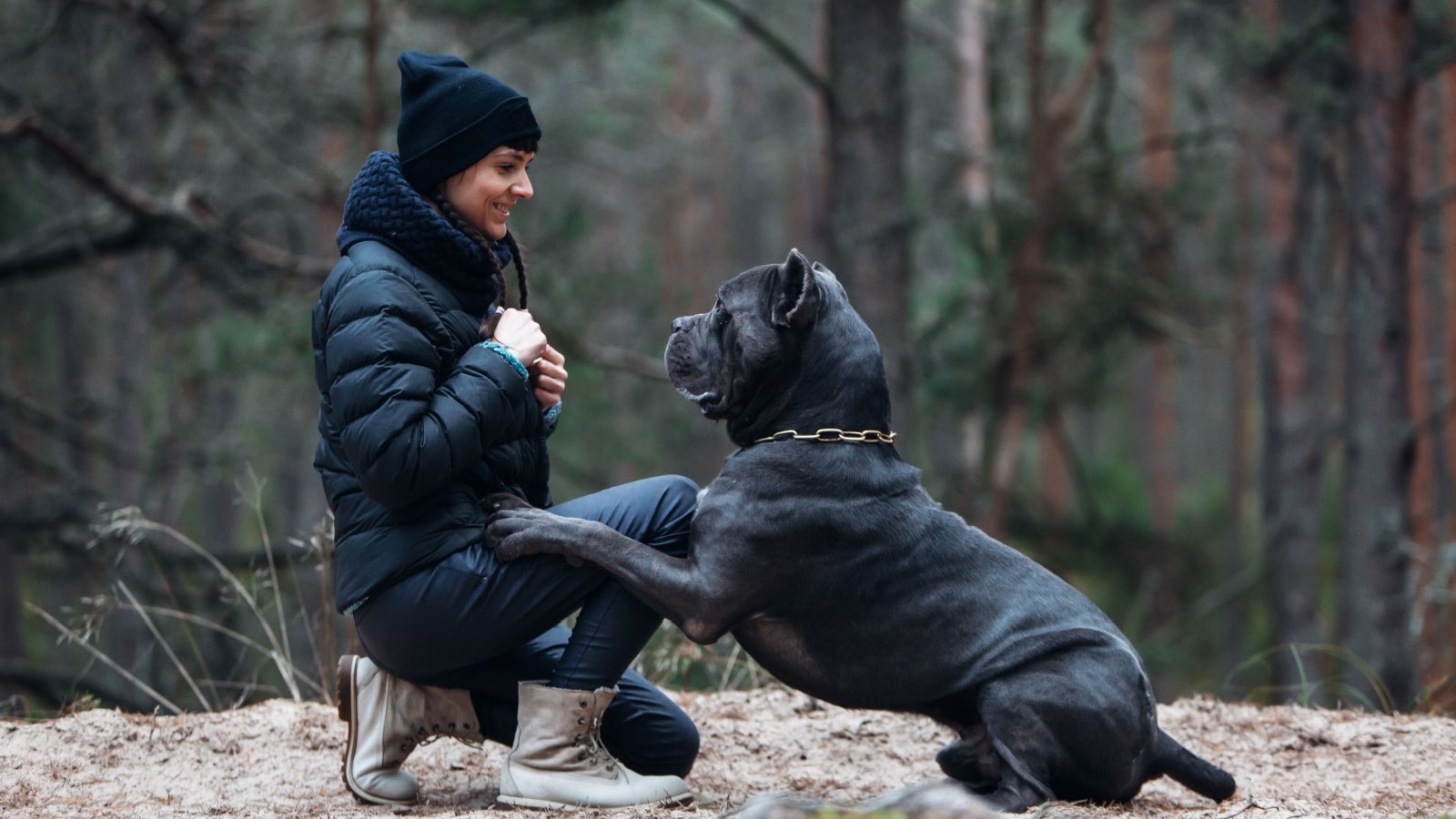Owning a dog can enrich your life, but are you prepared for the extra work that some breeds demand?
High-maintenance dog breeds require more time, energy, and resources than the average canine. According to the American Kennel Club, breeds like the Afghan Hound and the Border Collie not only require extensive grooming and exercise but also come with a unique set of health and behavioral considerations.
Let’s take a look at some of the most high-maintenance dog breeds and what owning them entails.
Grooming Demands
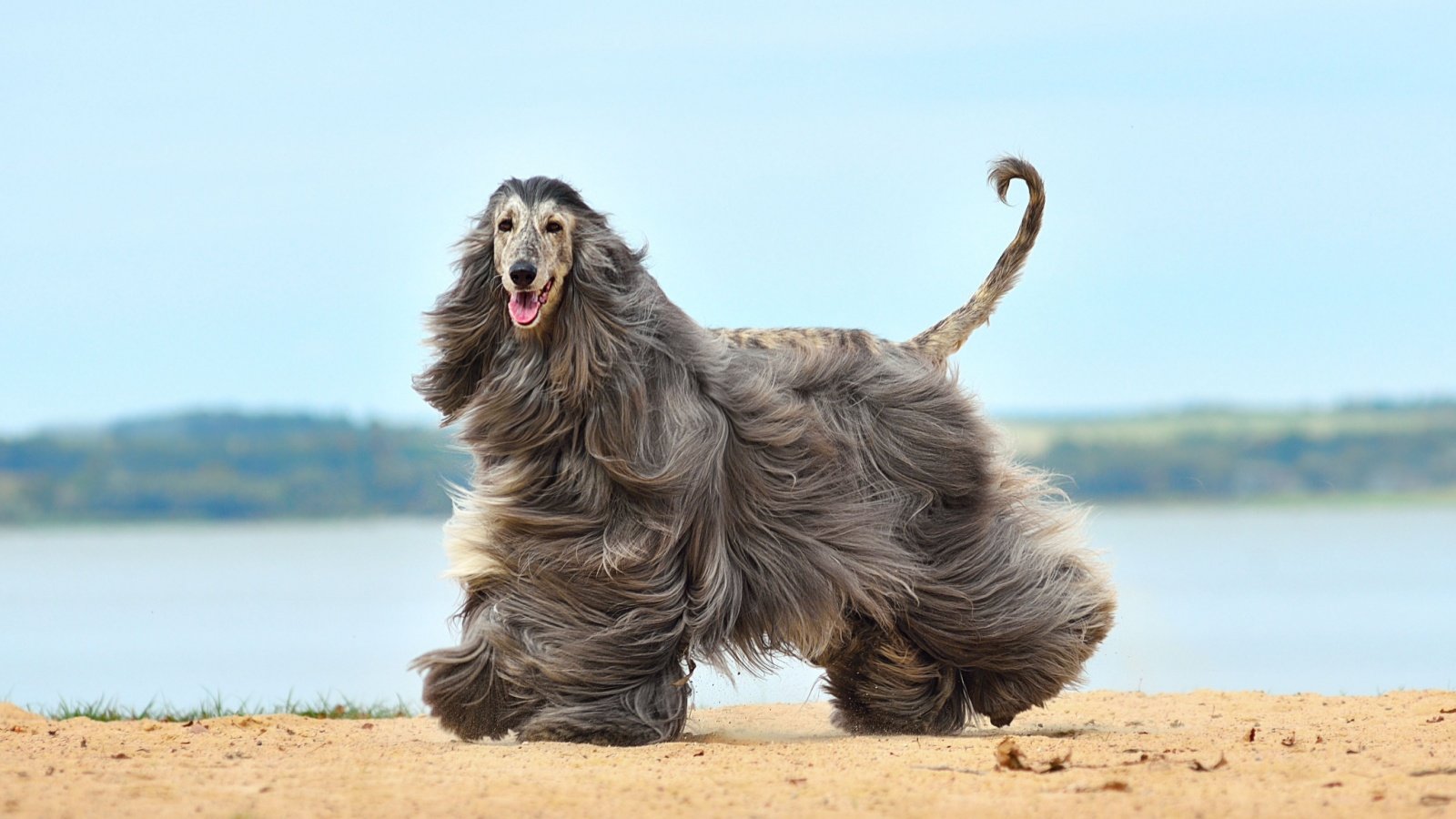
Afghan Hounds boast long, luxurious coats that necessitate daily brushing to prevent mats and tangles. Known for their elegance in the show ring, their grooming routine includes frequent baths and careful drying to maintain their silky hair. This breed’s high-maintenance coat can lead to substantial grooming bills if professional help is sought.
Exercise Needs
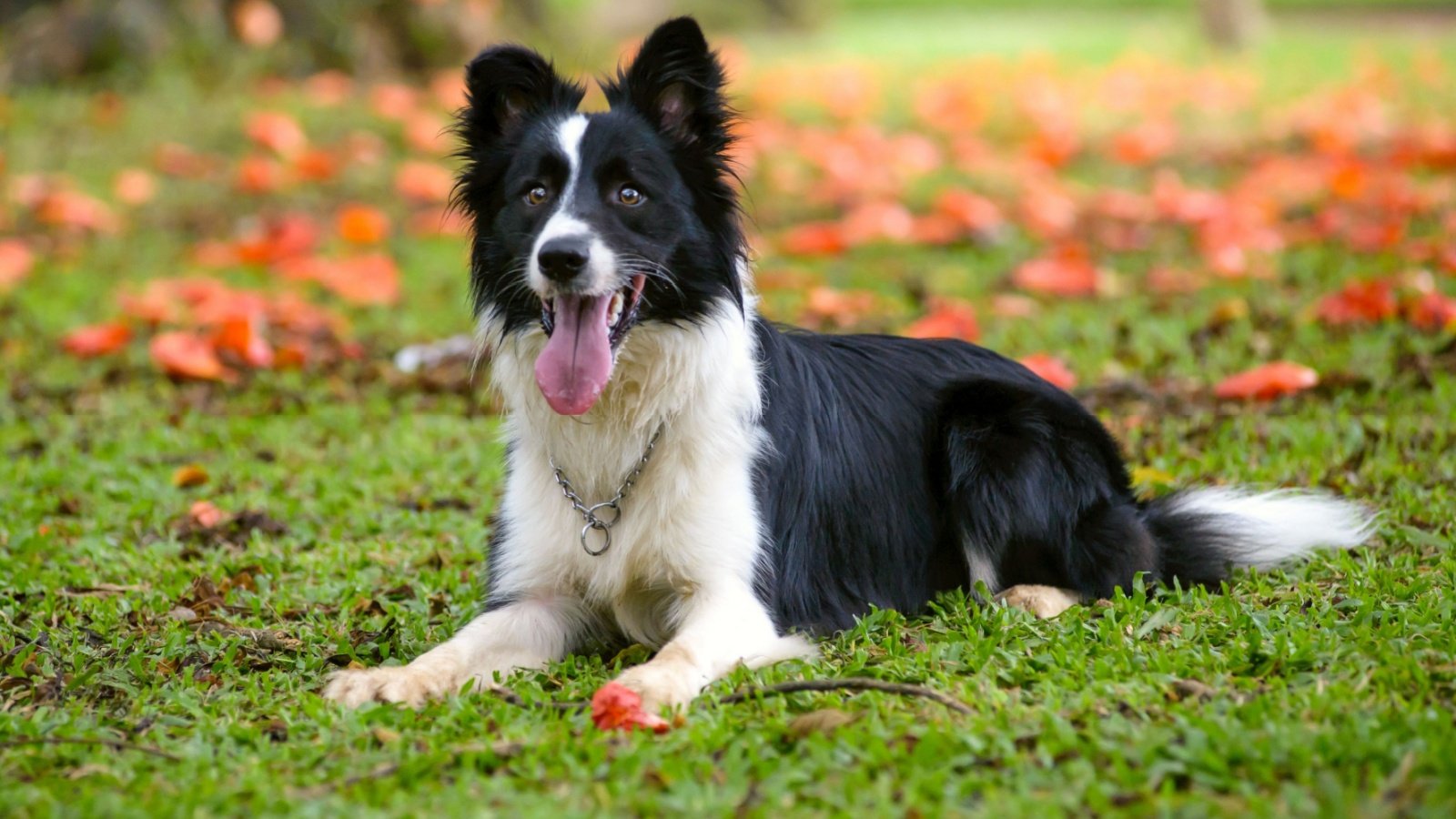
Border Collies are renowned for their intelligence and high energy levels, requiring several hours of activity each day to remain mentally and physically healthy. They excel in agility and obedience, making them frequent winners at competitive events. Without adequate exercise, they can develop behavioral issues, underscoring the need for committed ownership.
Health Concerns
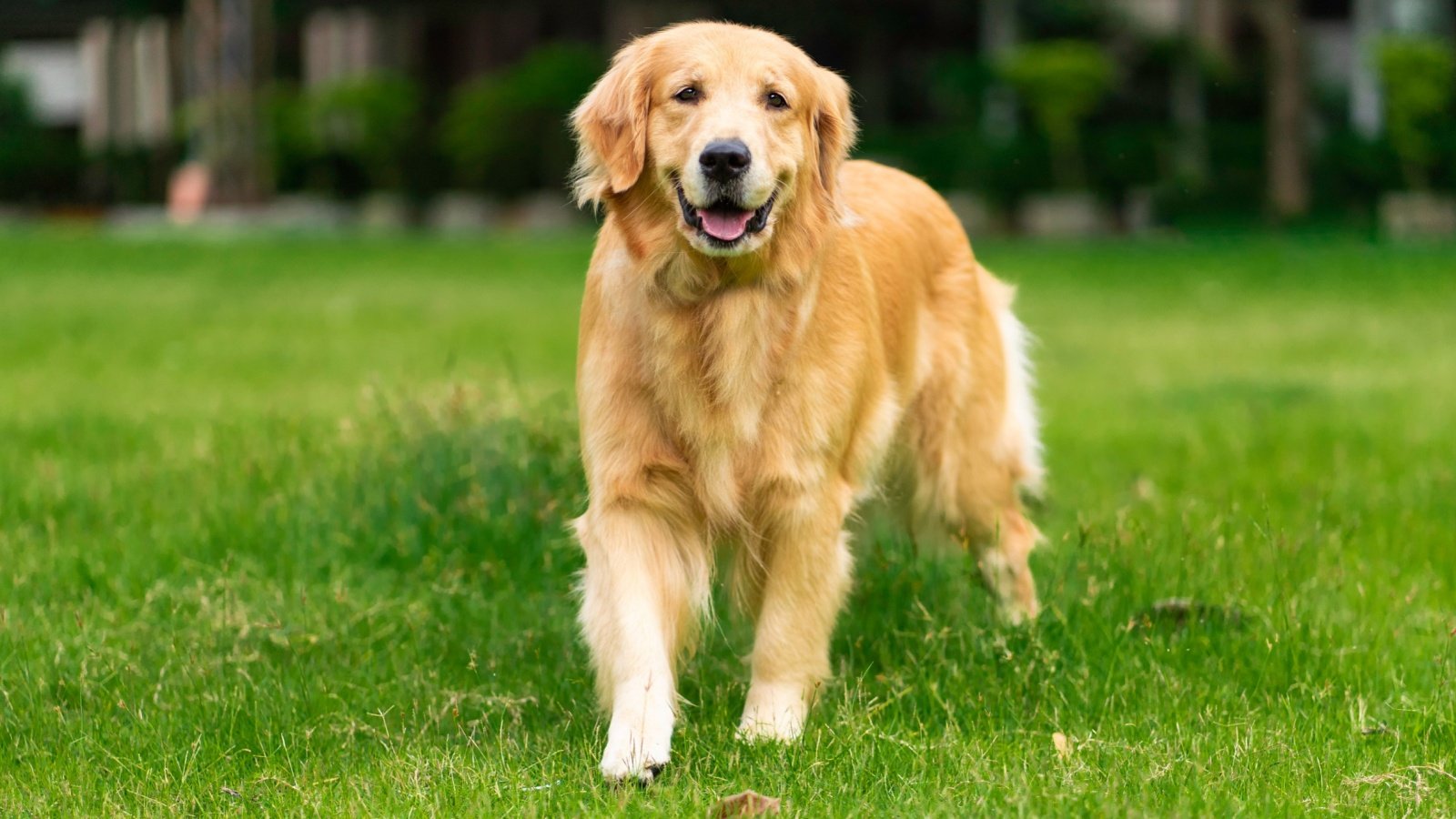
Golden Retrievers are predisposed to various genetic disorders, including hip dysplasia and heart issues, which can lead to high veterinary costs over their lifespan. They require regular health screenings and preventive care to manage these risks effectively. Their popularity means that potential owners must carefully research breeders to ensure they are getting a healthy puppy.
Training Challenges
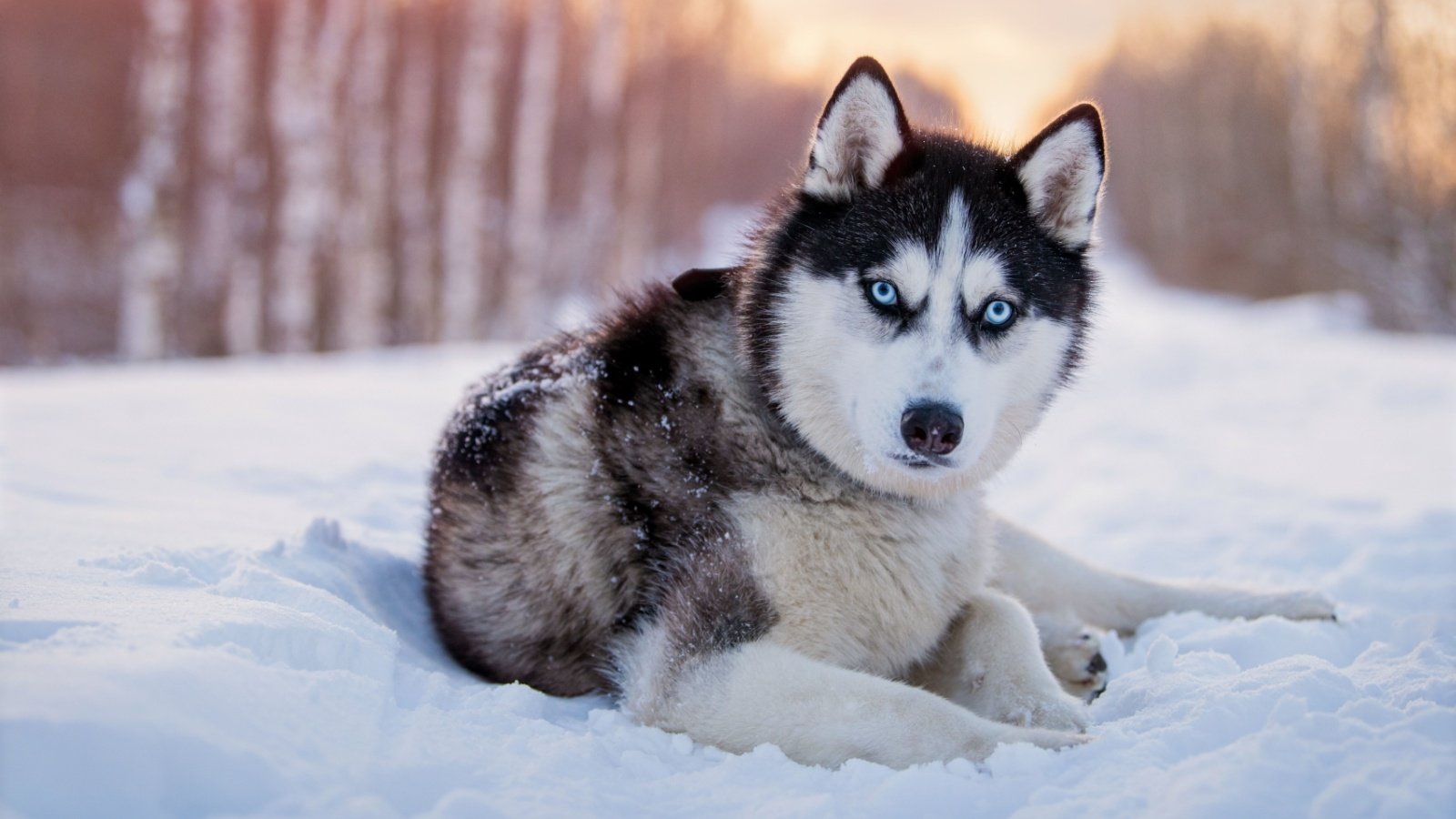
Siberian Huskies are known for their independent nature, which can make obedience training a challenge for even experienced dog owners. They have a strong prey drive and a tendency to escape, requiring secure fencing and constant supervision. Proper training and socialization from a young age are critical to managing their stubborn streak.
Socialization Required

Chow Chows tend to be aloof and reserved, necessitating early and ongoing socialization to prevent aggression or shyness. Their strong territorial instincts make them excellent watchdogs but can pose challenges in multi-pet households or when receiving visitors. Continuous social interactions help temper their natural wariness and develop well-rounded behavior.
Feeding Regimen
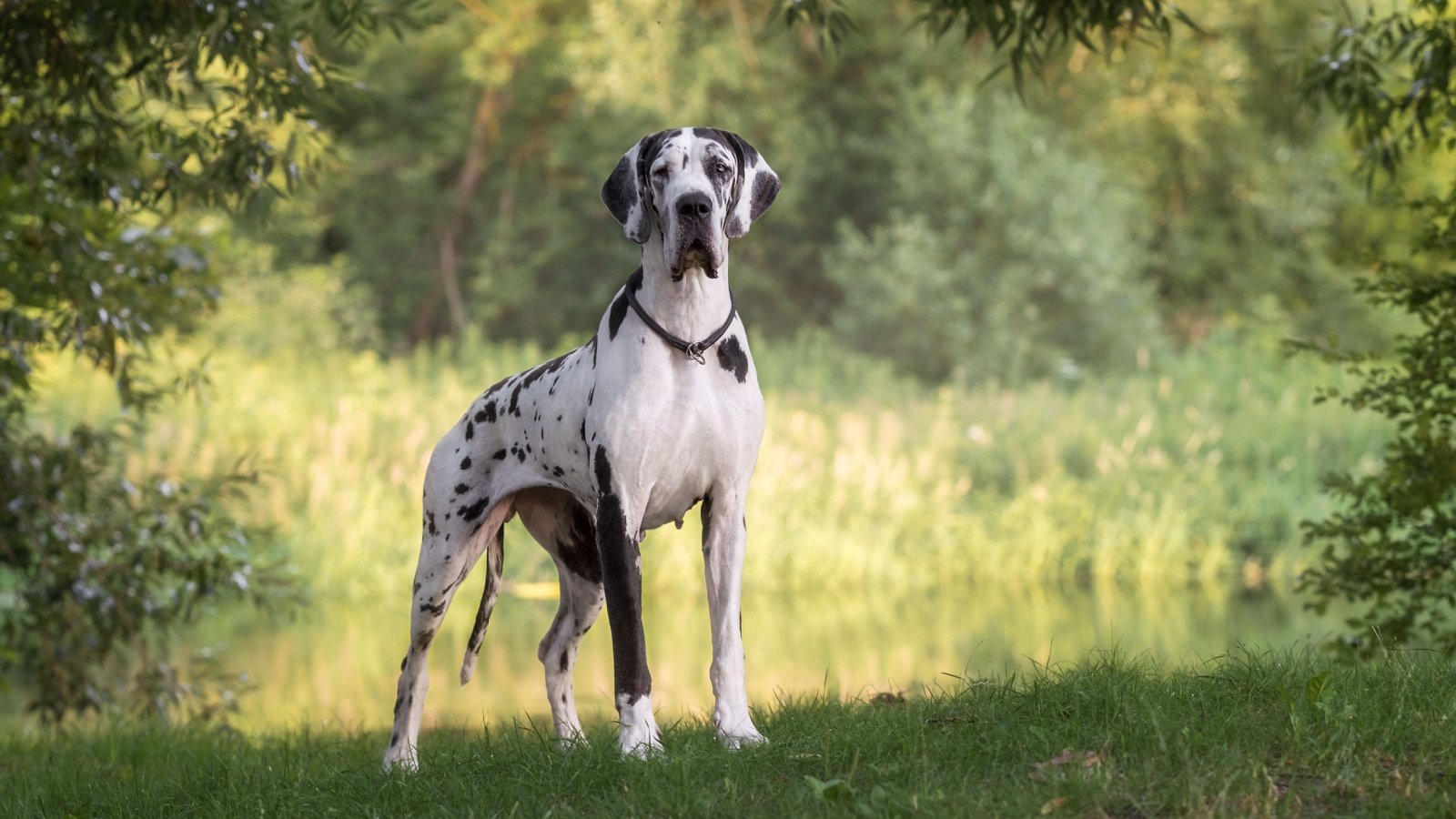
Great Danes require a carefully calibrated diet to support their rapid growth and large size, which can be more costly and complex than feeding a smaller breed. Special attention must be paid to their nutritional needs to prevent bone and joint problems as they age. Their feeding plans often include supplements to support joint health and digestion.
Behavioral Training

Jack Russell Terriers are spirited and require structured training to manage their boundless energy and propensity for mischief. Known for their intelligence, they can quickly learn bad habits as well as good ones if not consistently trained. Engaging them in regular mental and physical challenges helps prevent destructive behaviors.
Attention Needs
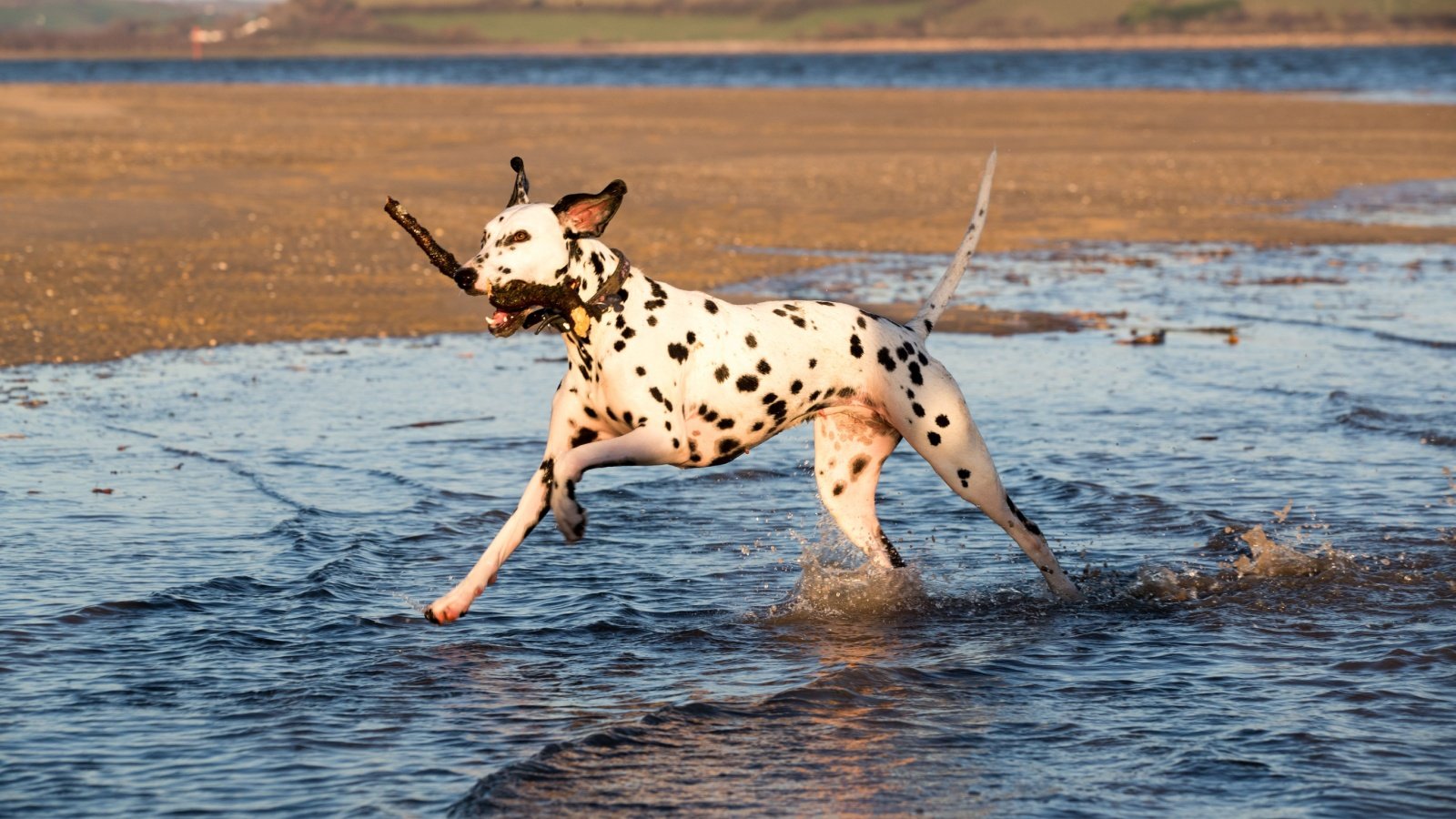
Dalmatians were historically used as carriage dogs and have a deep-seated need for human companionship, often becoming anxious if left alone for long periods. They thrive on attention and require a lot of interactive play and exercise to stay content. Owners should be prepared for a high level of engagement and presence.
Shedding Factors
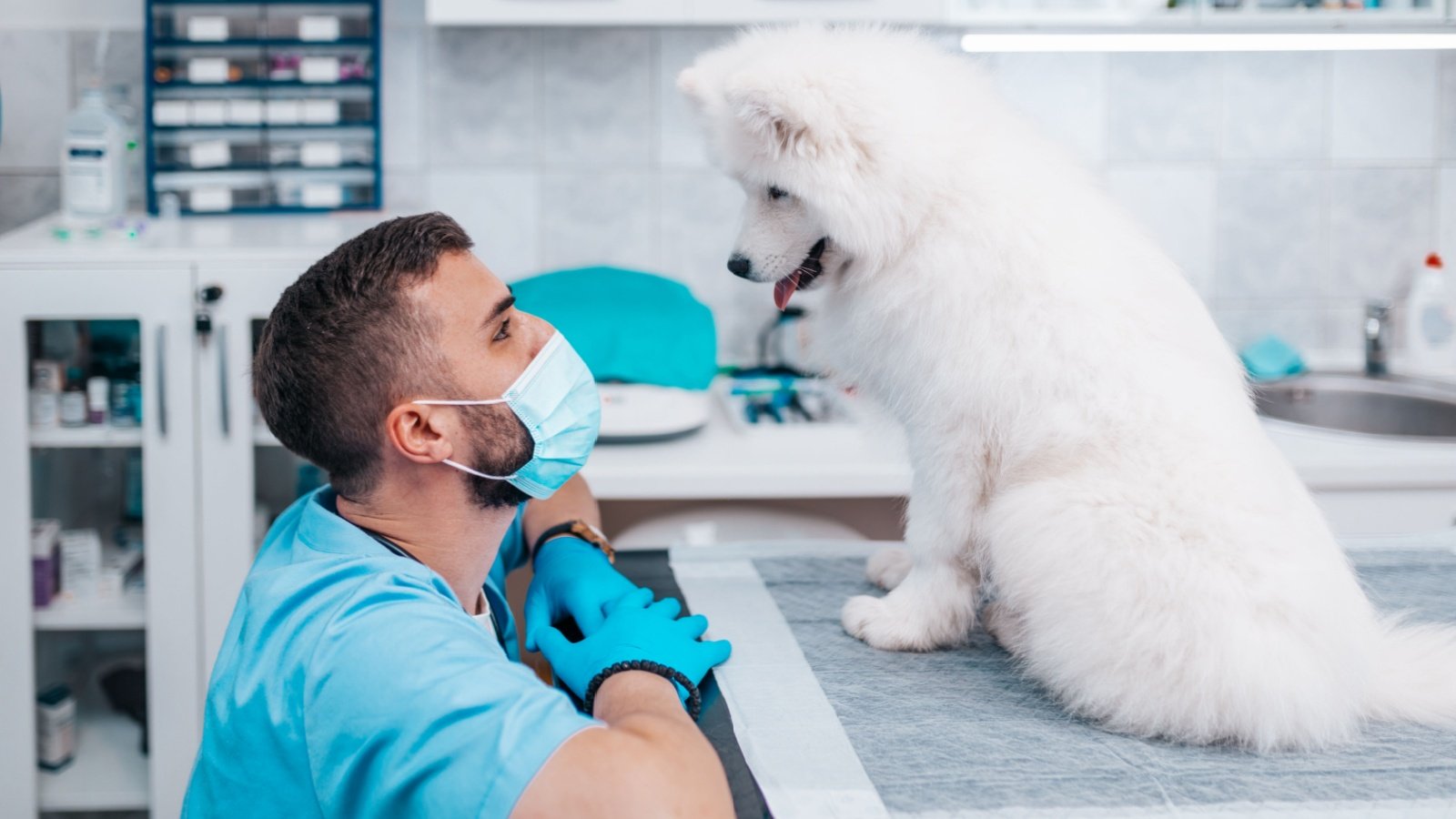
Samoyeds have dense, fluffy coats that shed heavily, especially during the spring and fall. Regular brushing, sometimes daily during shedding season, is essential to manage their shedding and keep their coat healthy. Their iconic “Sammy smile” may win hearts, but their grooming needs are significant.
Noise Levels
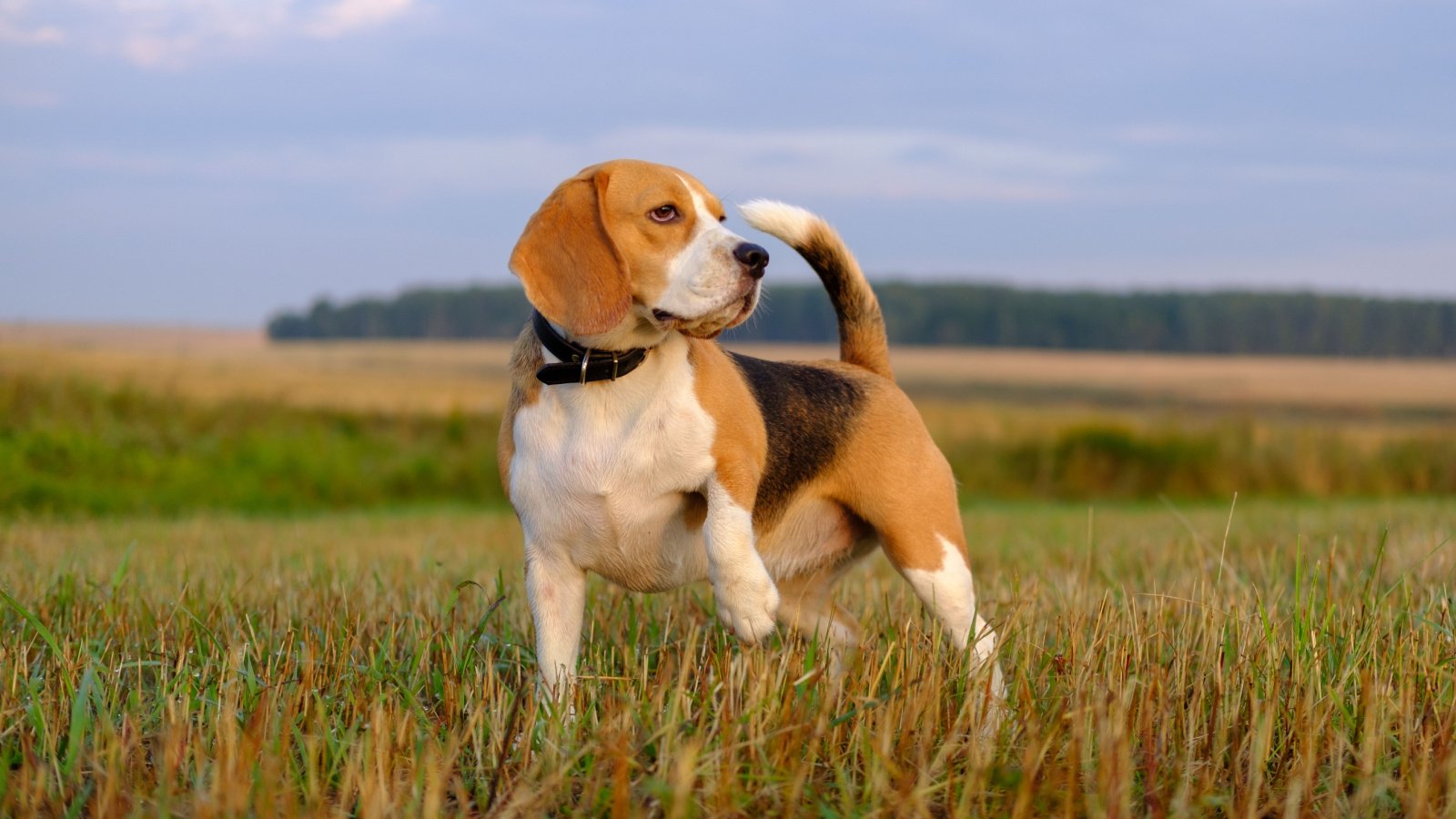
Beagles are vocal dogs, prone to barking and howling, which can be challenging for owners living in close quarters with neighbors. They use their voices to express themselves, requiring patient training to manage their noisiness.
Weather Sensitivity
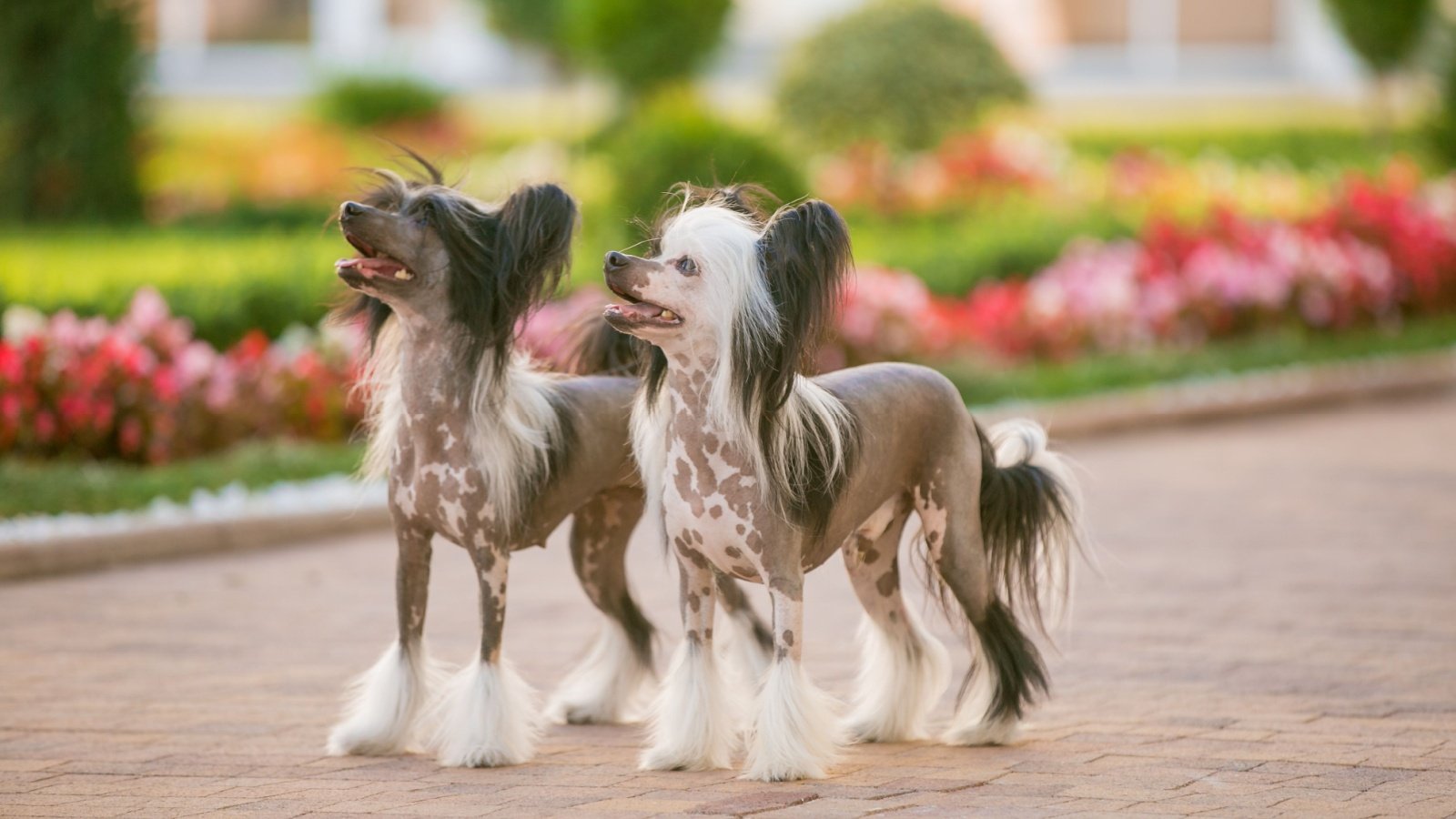
Chinese Crested dogs come in two varieties, hairless and powderpuff, with the hairless type being particularly sensitive to weather extremes. They require protection from the sun and cold, necessitating a wardrobe of clothes for different conditions. Their skin care, including moisturizing and protection from irritants, adds another layer to their maintenance.
Size Considerations
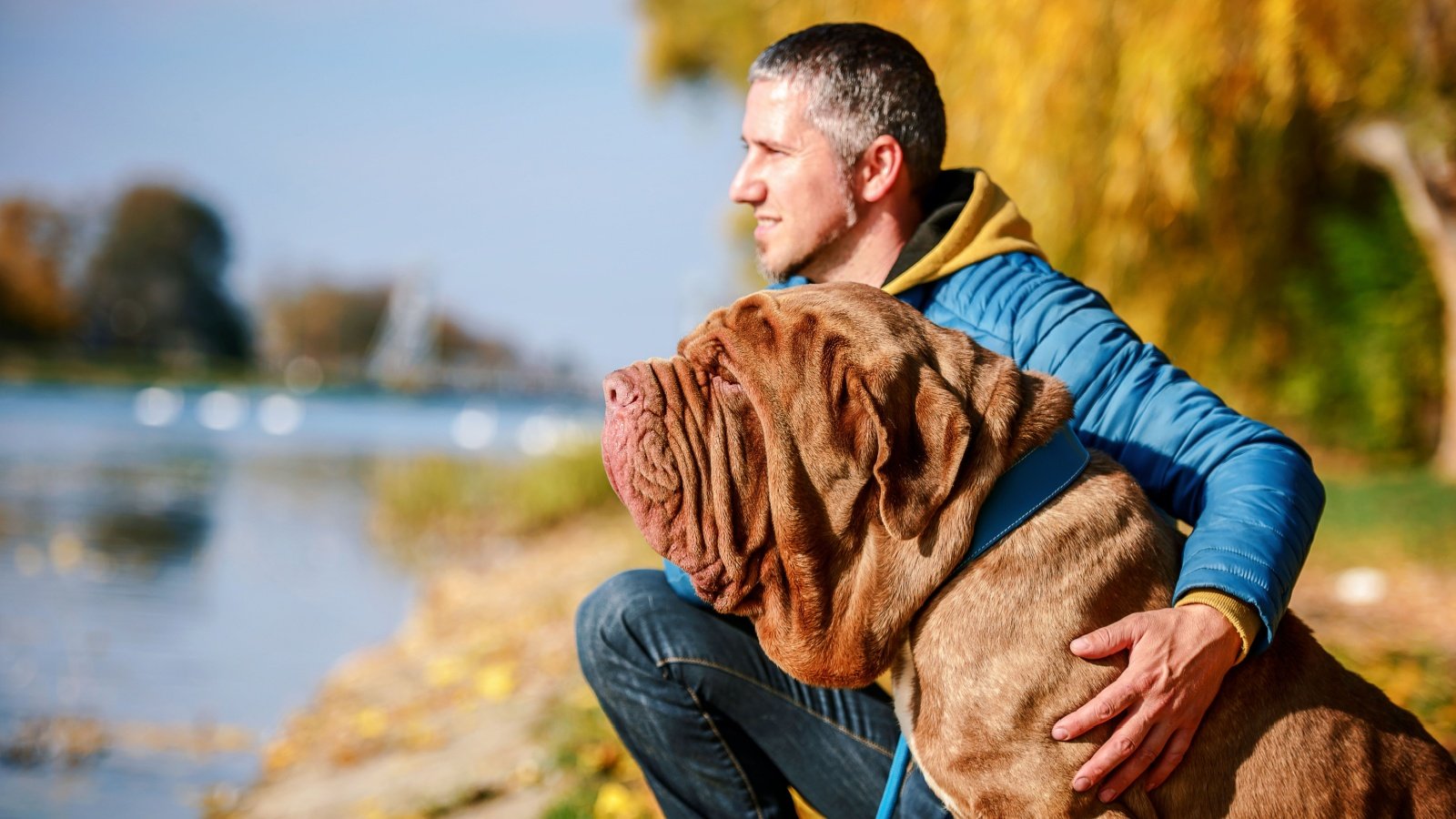
Mastiffs are one of the largest dog breeds, making their physical management more challenging, especially in smaller living spaces. They require beds, crates, and other gear that can accommodate their size, which can be more expensive and harder to find. Additionally, their size can pose training challenges as they can be physically overpowering.
Prey Drive
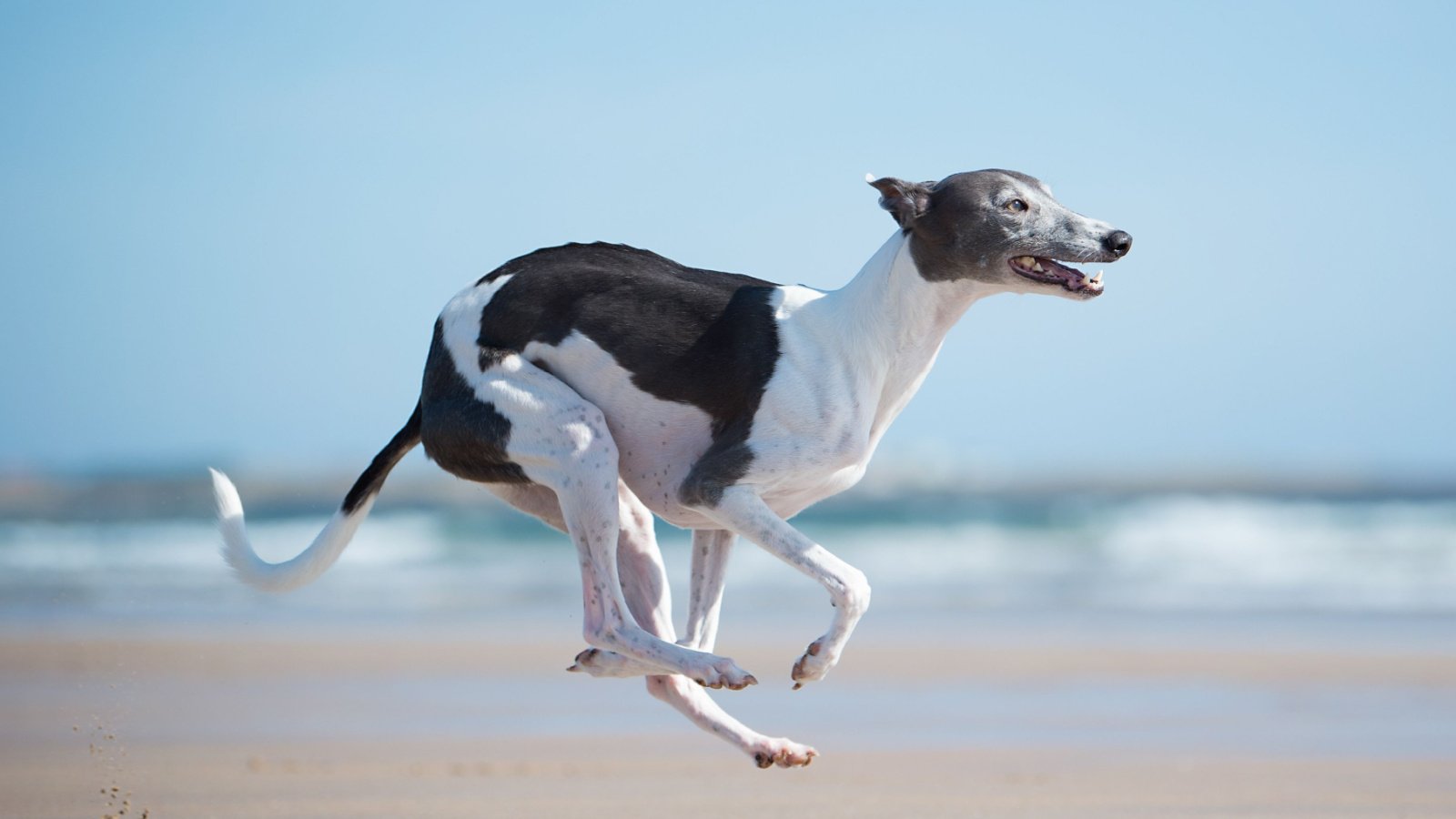
Whippets have a high prey drive, inherited from their historical use as racing and hunting dogs. They require secure areas to run and play where they can’t chase after small animals. Managing their chase instinct is essential for safety in both urban and rural settings.
Breed Restrictions

Pit Bull Terriers often face breed-specific restrictions in housing and insurance, making it challenging for owners to find pet-friendly accommodations. Advocacy and education about the breed are crucial for current and potential owners. Understanding legal and social constraints is key to responsibly owning a Pit Bull.
Intellectual Stimulation

Poodles are exceptionally smart, ranking among the top breeds for intelligence. They require mental stimulation as much as they do physical, with activities like puzzle games, advanced obedience training, and even dog sports. Keeping their minds engaged is crucial to prevent boredom and associated behavioral problems.
Special Care
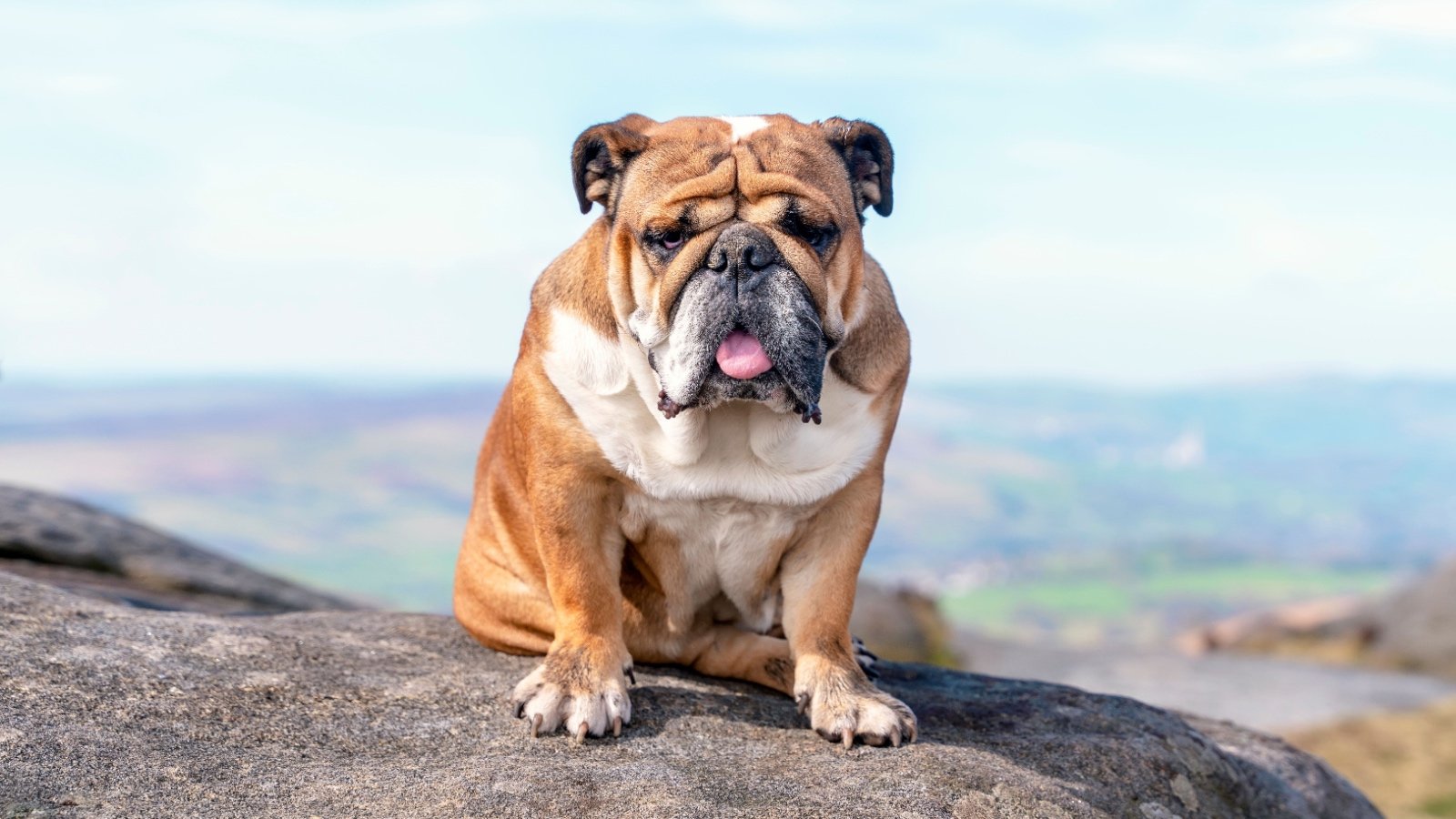
English Bulldogs have flattened faces that require special health considerations. Their respiratory systems can cause complications, and their skin folds need regular cleaning to prevent infections. Owners must be vigilant about their health care and daily maintenance.
Ownership Cost

Cavalier King Charles Spaniels are prone to heart conditions and syringomyelia, which can significantly impact the cost of ownership. Regular veterinary visits and potential specialist consultations should be factored into the decision to own one. The breed’s friendly and affectionate nature often compensates for the high maintenance costs.
Emotional Bonding

Rottweilers thrive when they are part of the family and involved in daily activities, requiring a deep emotional connection with their owners. They are known for their loyalty and protective nature, but they need consistent leadership and affection. Building a strong bond is essential for their emotional and physical well-being.
Lifespan Considerations
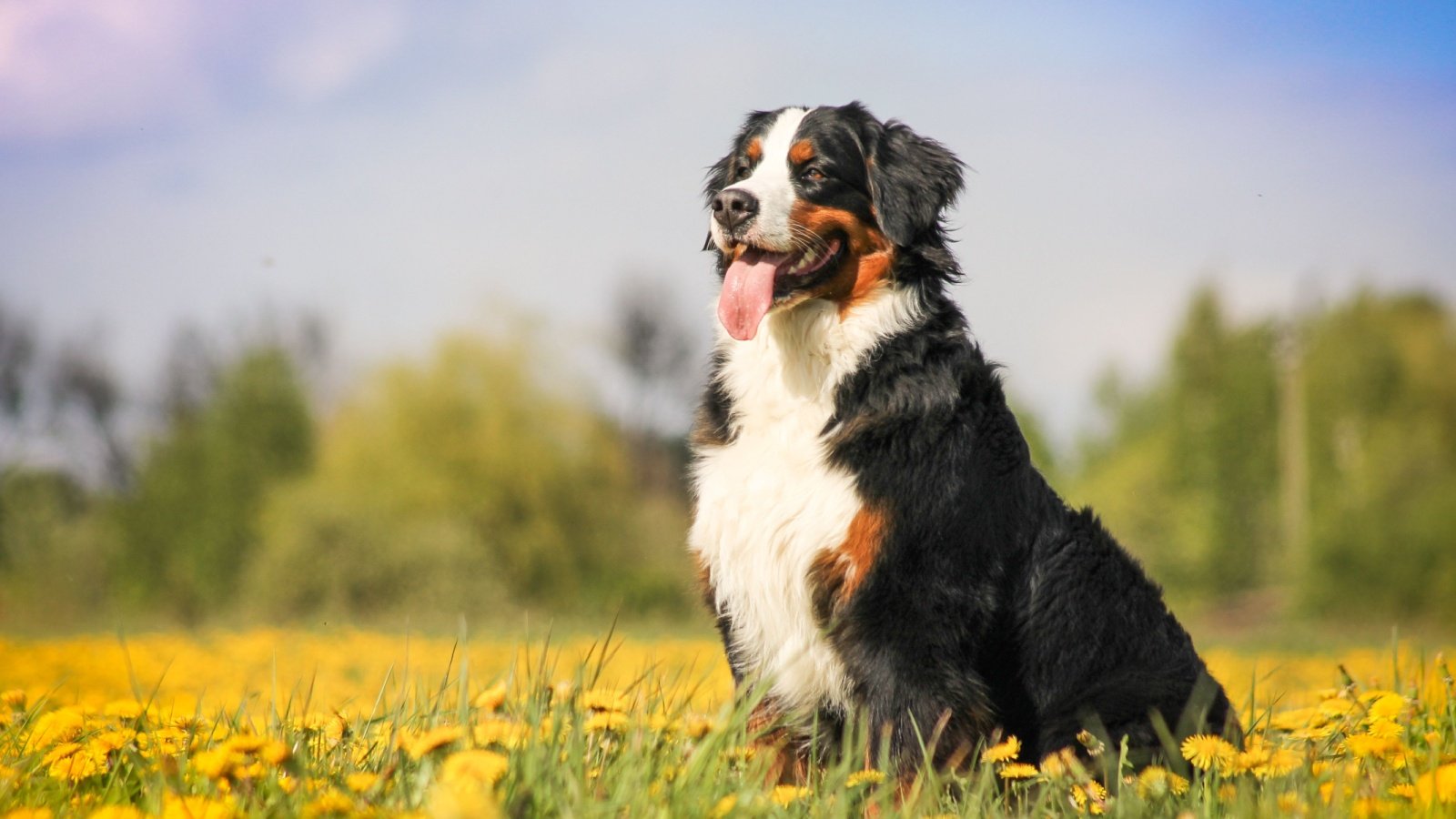
Bernese Mountain Dogs have a relatively short lifespan, averaging around 7 to 10 years, which can be emotionally challenging for owners. Their time with owners is precious, and understanding their health issues can help prolong their quality of life.
Joint Health

Labrador Retrievers are susceptible to arthritis and cruciate ligament tears due to their active nature and build. Regular vet check-ups and a well-managed diet can help mitigate these risks. Preventative measures like joint supplements can also be beneficial.
Ancestral Traits
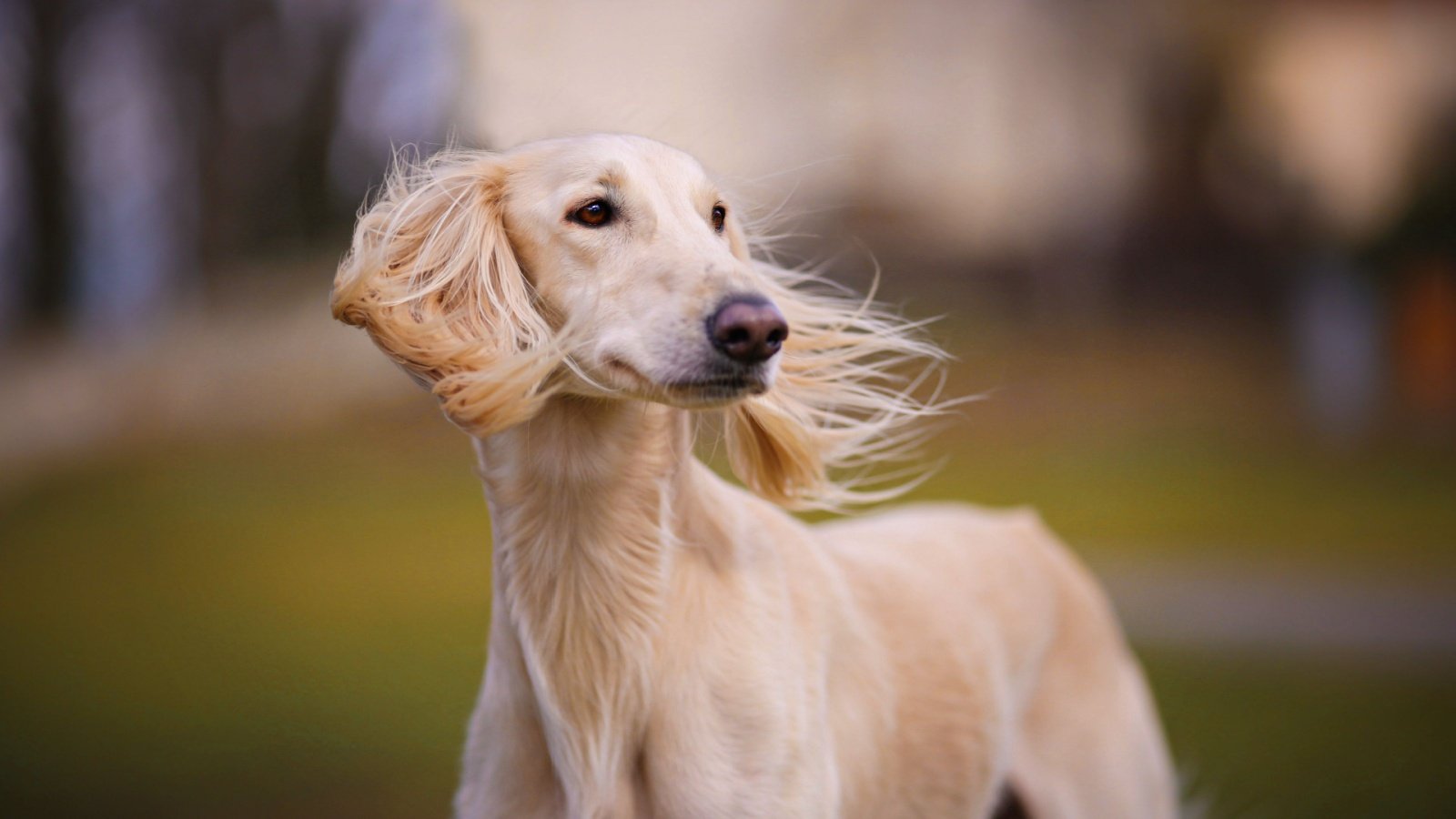
Salukis carry the grace and speed of their ancient desert origins, requiring ample space to run and exercise. Their independent nature can make traditional obedience training more challenging. Understanding their background and needs is crucial for providing a suitable home environment.
Family Dynamics
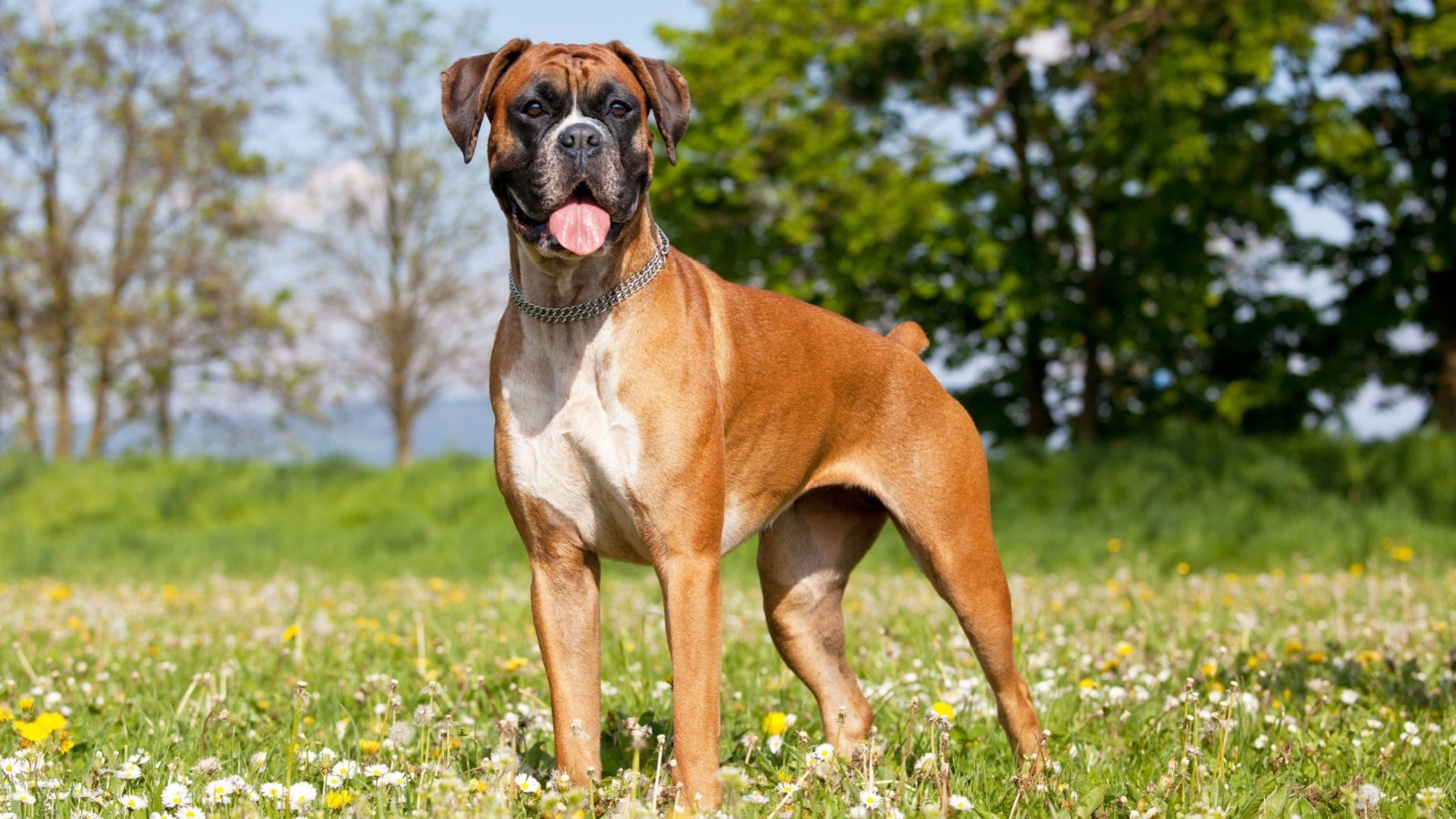
Boxers are extremely family-oriented and do best when integrated into household activities. They are known for their protective nature and affection towards children. Ensuring they are part of the family’s daily routine can help manage their energy and prevent behavioral issues.
Adaptation Required

French Bulldogs have surged in popularity, but they require specific lifestyle adjustments due to their brachycephalic (flat-faced) nature. They are prone to breathing difficulties, especially in hot or humid weather, requiring a climate-controlled environment. Owners must be particularly mindful of their health to ensure a happy life.



